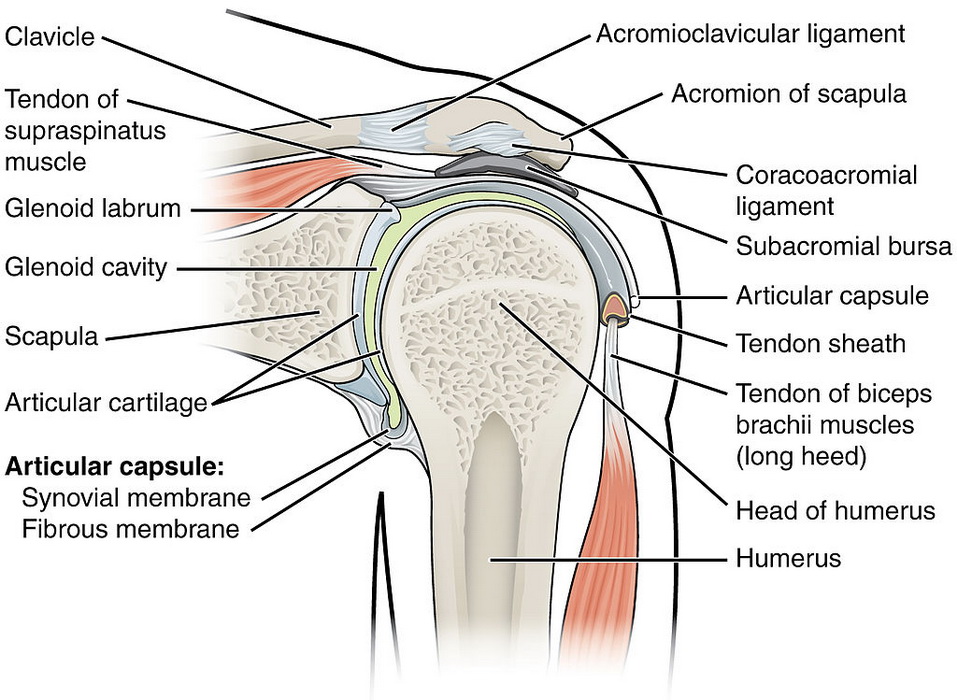
Anatomy of the shoulder
The shoulder is a ball and socket joint and provides a huge amount of movement. Three bones which come together to make the shoulder joint are the humerus (upper arm), clavicle (collar bone) and scapula (shoulder blade). Across the joint itself the major muscle is the deltoids, which have an anterior, middle and posterior muscle which are responsible for different types of movements. Also the rotator cuff muscles support shoulder movement and stop any excessive movement. A good shoulder workout should stress all of these muscles to get a well rounded effect and get the most from the work out.
- Important notification about information and brand names used in this slideshow!
- Photo courtesy of Anatomy & Physiology, Connexions Web site by Wikimedia Commons : commons.wikimedia.org/wiki/File:914_Shoulder_Joint.jpg
- www.shoulderdoc.co.uk/article.asp?section=857
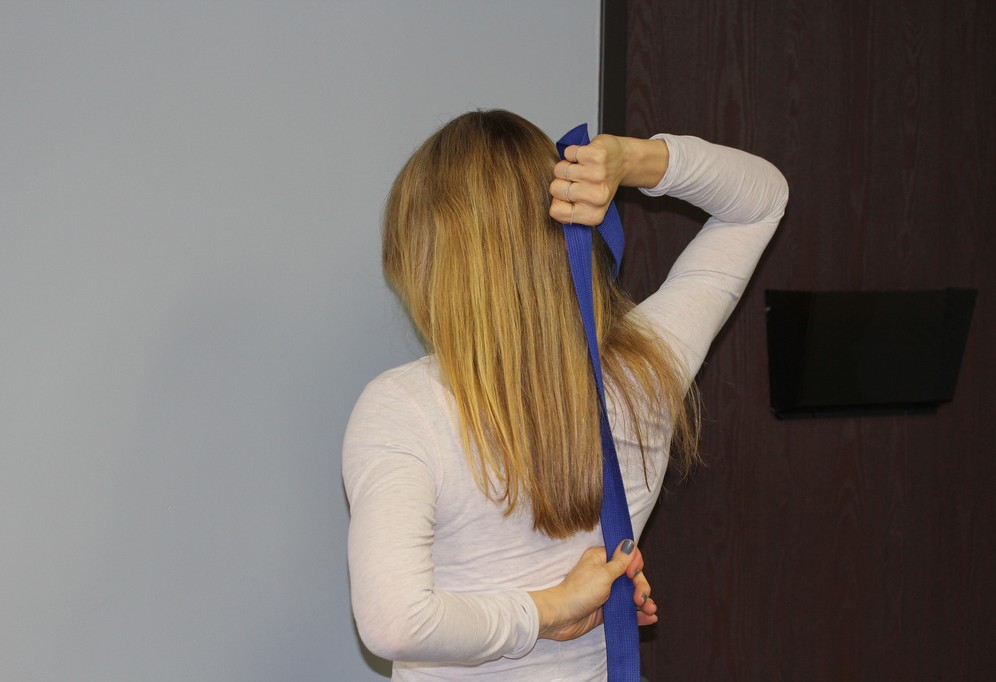
How to complete this workout
This workout hits all of the areas of the deltoids muscle group as well as uses the rotator cuff muscles to ensure a full and well rounded workout session. The whole split should take around 20-30 minutes so it can be combined with another muscle group or added into a cardio day. If you are trying to build strength use 3 sets of 8 reps at a high weight, if wanting to gain size use 3 sets of 12 reps at a medium to high weight and if wanting to tone up or increase endurance use 4 sets of 15 reps with low weight. Rest should be between 30s to 1minute depending on your ability.
- Important notification about information and brand names used in this slideshow!
- Photo courtesy of bwanderd by Flickr : www.flickr.com/photos/86598533@N04/8252243297/
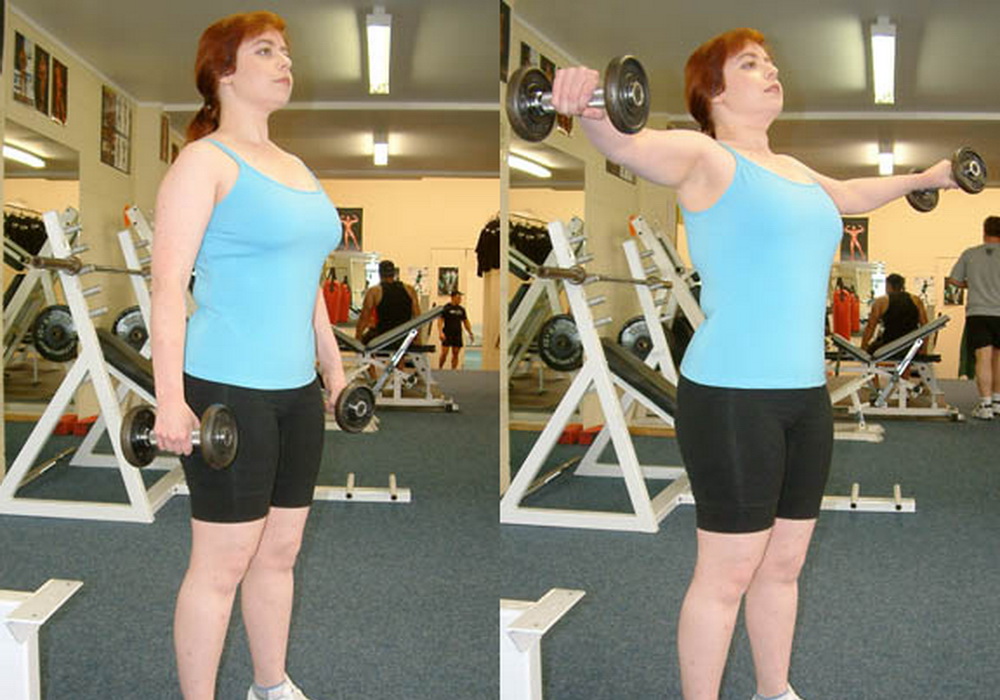
Lateral raise
The lateral raise is a very traditional and well used exercise. It works the middle and front parts of the deltoid and it really helps to gain size and shape to the shoulder. To complete start with feet shoulder width apart, arms relaxed and dumbbells in hand resting by your side. Your palms on this exercise should be facing towards the body. Take a deep breath in and as you exhale start to raise the dumbbells out to the side keeping the arms straight until level with the shoulder. Hold for a second and then breath in as you lower to start position.
- Important notification about information and brand names used in this slideshow!
- Photo courtesy of GeorgeStepanek by Wikimedia Commons : en.wikipedia.org/wiki/File:DumbbellLateralRaise.JPG
- www.exrx.net

Anterior deltoid raise
This exercises works specifically on the front part of the shoulder. Stand with feet shoulder width apart and dumbbells at arms length by your side, your palms should be facing to the rear. When ready take a deep breath in and while exhaling keep the arms straight and raise them in front of you until level with the shoulder. Hold for a second and then breath in while lowering to the start position. Make sure you keep your back straight and do not swing to get momentum. Only the shoulders and arms should be moving, also keep a slight bend in the knee to avoid any stress on them.
- Important notification about information and brand names used in this slideshow!
- Photo courtesy of Keith Allison by Flickr : www.flickr.com/photos/keithallison/3804834577
- www.exrx.net
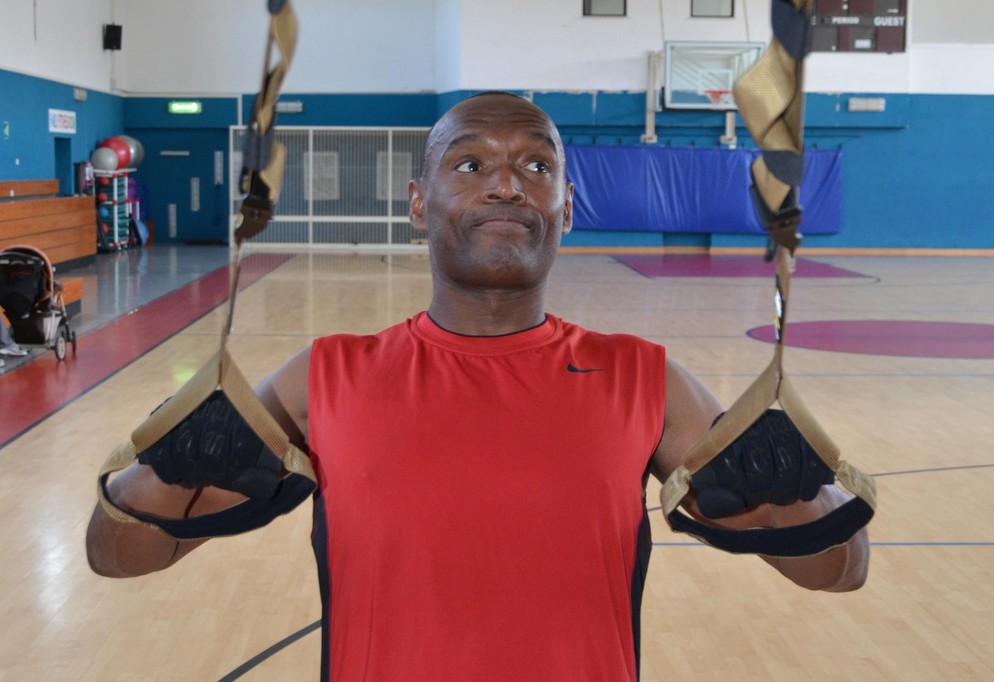
Rear deltoid Flyes
The pectoral fly machine which is a machine in most gyms has a secondary function not everyone is aware of. If you set the arms to the closest position to the machine and sit with your chest against the back pad you can complete a rear deltoid exercise. Outstretch the arms and take hold of the arms with your palms facing downwards. Your feet must be flat on the floor, knees at right angles and your arms should be parallel to the floor and not pointing up or down. Slowly, keeping the arms straight, pull the arms out to the side until level with the body. Hold and then return to start position.
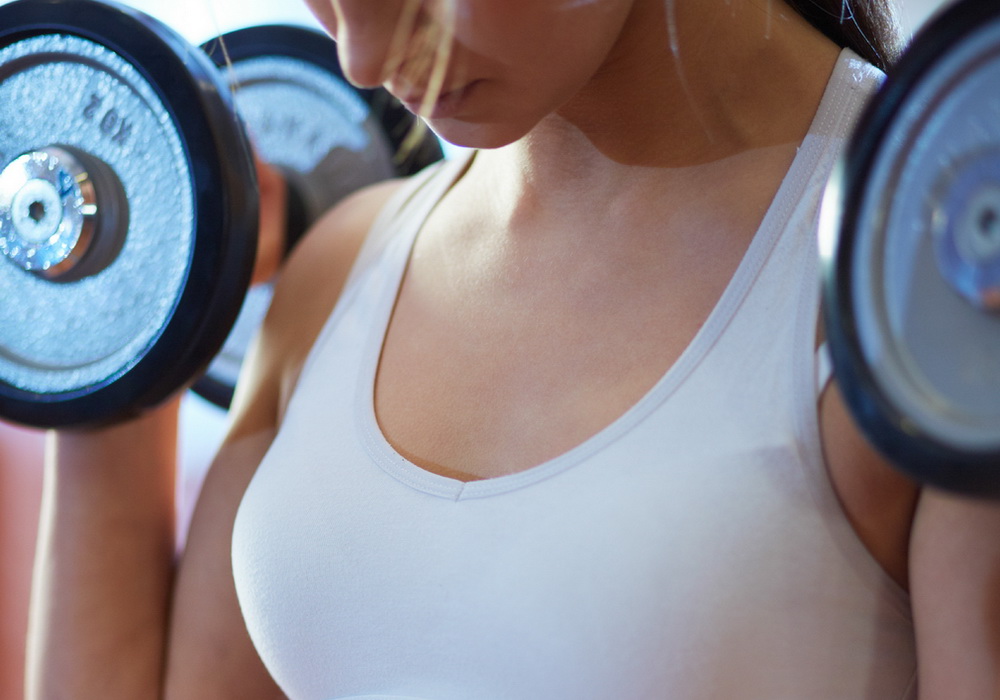
Standing Shoulder Press
A shoulder press concentrates on the middle and front part of the muscle and is a great exercise. By completing it standing instead of sitting you are using your core muscles to stabilise and actually getting a much better workout. To complete hold the dumbbells as if resting on your shoulders and your elbows pointing outwards. Breathe in and on exhaling push the dumbbells up over your head until arms are completely straight (but not locked), hold and then lower to start position. If using a very heavy weight you can dip the knees to provide a bit of force to lift the weights but avoid if possible.
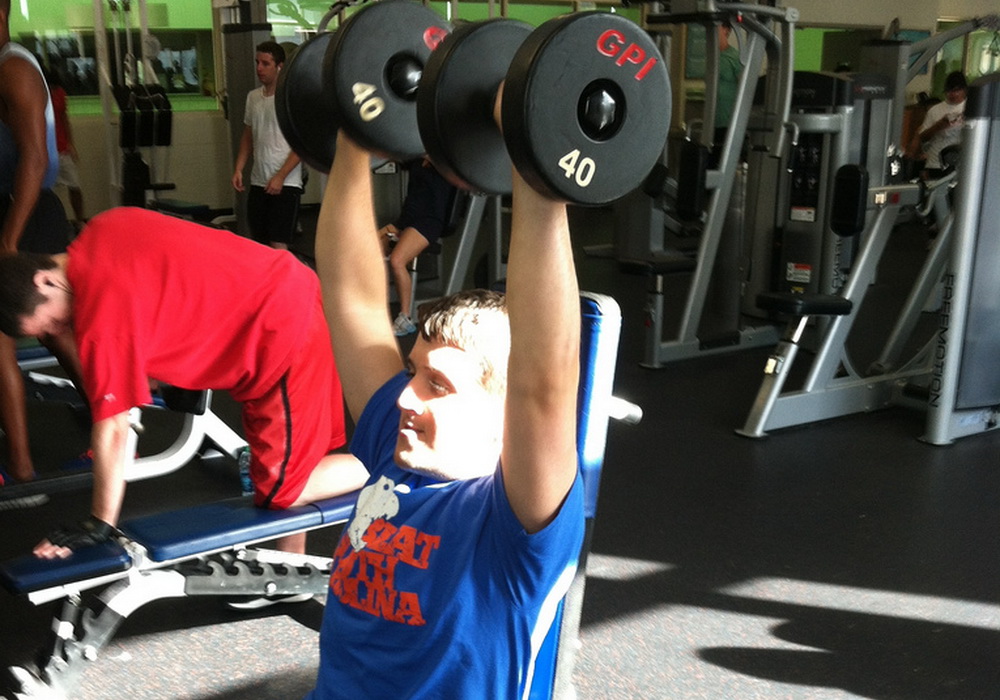
Arnold Press
An Arnold press is an extension of the seated shoulder press which combines rotation to give a whole shoulder effect. By rotating it uses the rotator cuff muscles to stabilise while getting a great burn from the deltoid. Sit on a bench with the back support at the highest setting and sitting upright. Dumbbells should be held as if resting on the shoulders and this time have the palms facing towards you. As you lift and straighten the arms, rotate the arms so that when you reach the top your palms are now facing forwards. As you lower rotate again so palms are facing towards you when back at shoulder height.
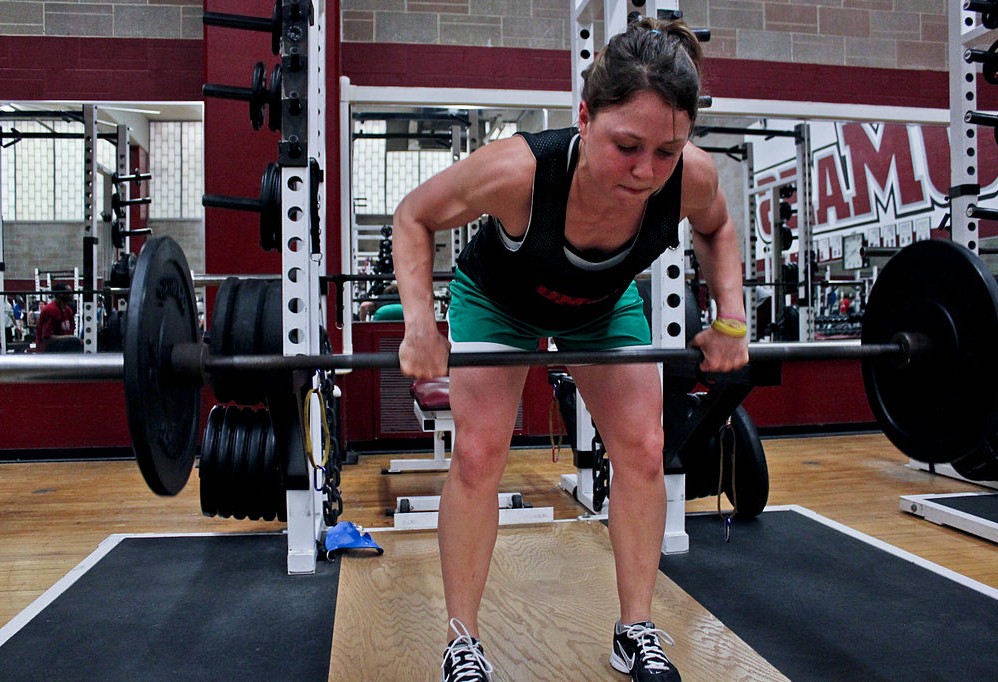
Barbell Rear Delt Row
This exercise is sometimes called the bent over row and it works both the back and the rear deltoid. For this exercise you need a barbell instead of dumbbells as this helps to avoid any excessive twisting from the spine. Start with feet shoulder width apart and your knees slightly bent. Holding the barbell at arms length bend slightly forward. Your palms should be facing downwards when holding the barbell, and slowly pull the bar into your belly button. Try to keep a straight line so imagine you are running the bar parallel to the upper leg. Pull into belly, hold and then return to start position.
- Important notification about information and brand names used in this slideshow!
- Photo courtesy of Raghith by Wikimedia Commons : commons.wikimedia.org/wiki/File:Barbell_row.jpg
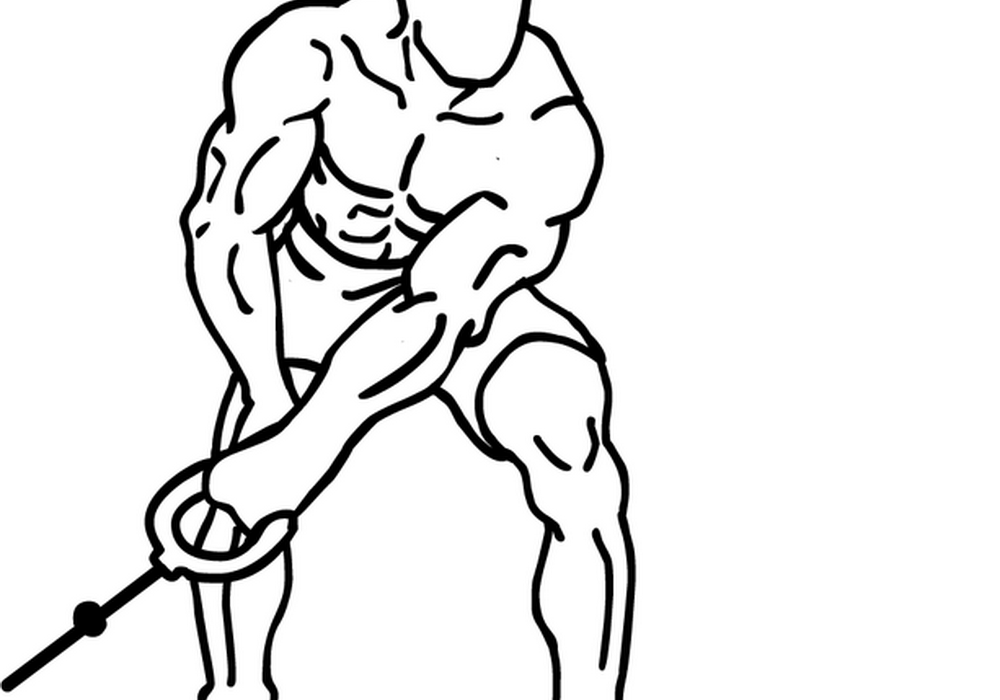
Bent over lateral raise - Cable
This exercises can be quite difficult so make sure you master it using low weight before lifting too heavy as this can easily cause a back injury. Using the cable machine is a different type of resistance and is great for stimulating the whole muscle. On a cable machine with two sides, set the axis at the lowest position. Grab the right handle with your left hand and the left handle with the right (so they cross over). Feet shoulder width apart and bend forward so your chest is almost parallel to the floor. Slowly raise each arm keeping it straight out to the side until level with your body, hold and return to start position.
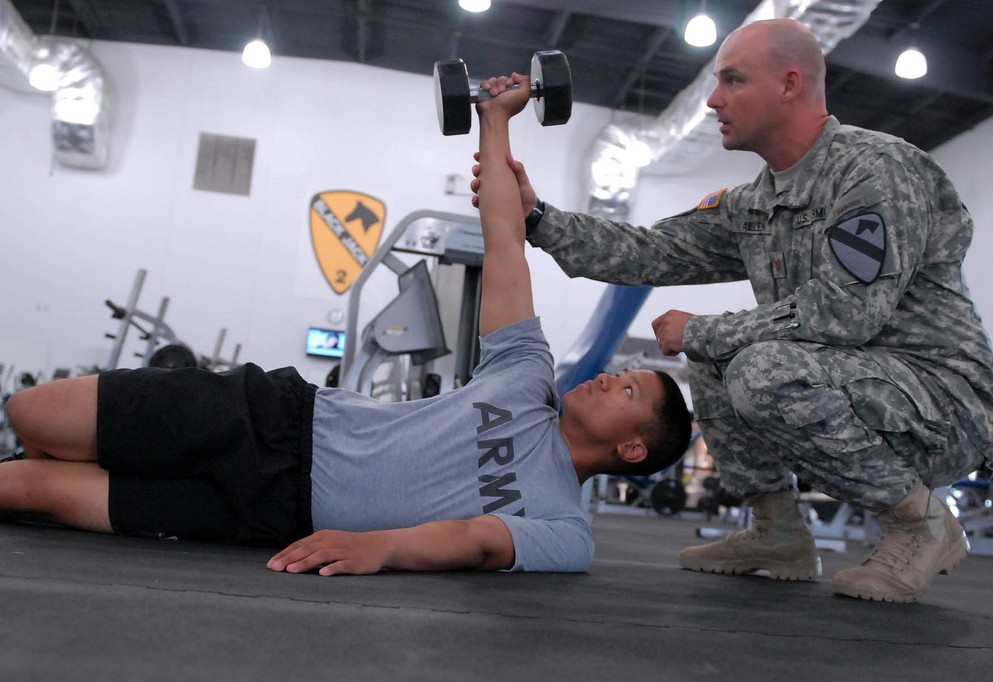
How often should I do this workout?
When working the shoulders it can be hard to isolate them but this workout does just that. After this kind of workout you will experience muscle aches called DOMS but that is normal so it is best to complete this once or maybe twice a week. When training muscles you should use a split-system which works different body parts so it enables you to keep training even though suffering with DOMS. An example split if training 3 times a week could be: Day 1 - Biceps, Back and Abs Day 2 - Legs and Triceps Day 3 - Chest and Shoulders This is just an example and you can combine any body areas that you wish.
- Important notification about information and brand names used in this slideshow!
- Photo courtesy of Army Medicine by Flickr : www.flickr.com/photos/armymedicine/9093659932/


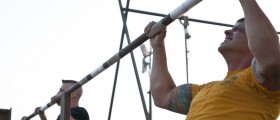
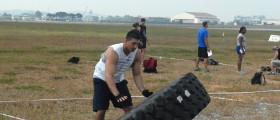
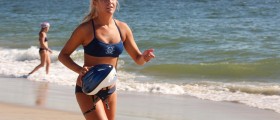
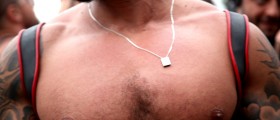
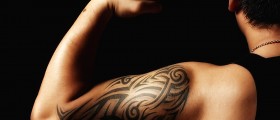
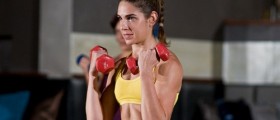
_f_280x120.jpg)
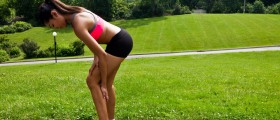
_f_280x120.jpg)



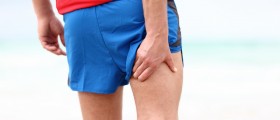
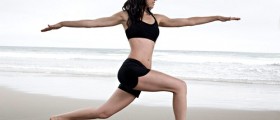
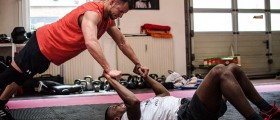
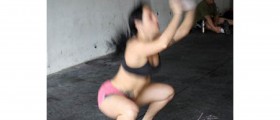
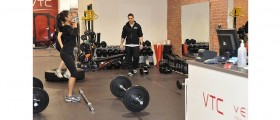

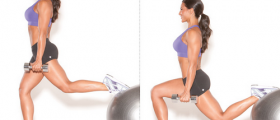
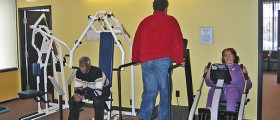

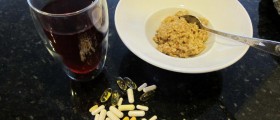

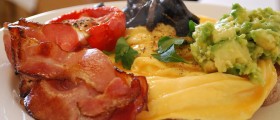
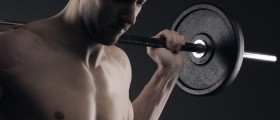
Your thoughts on this
Loading...